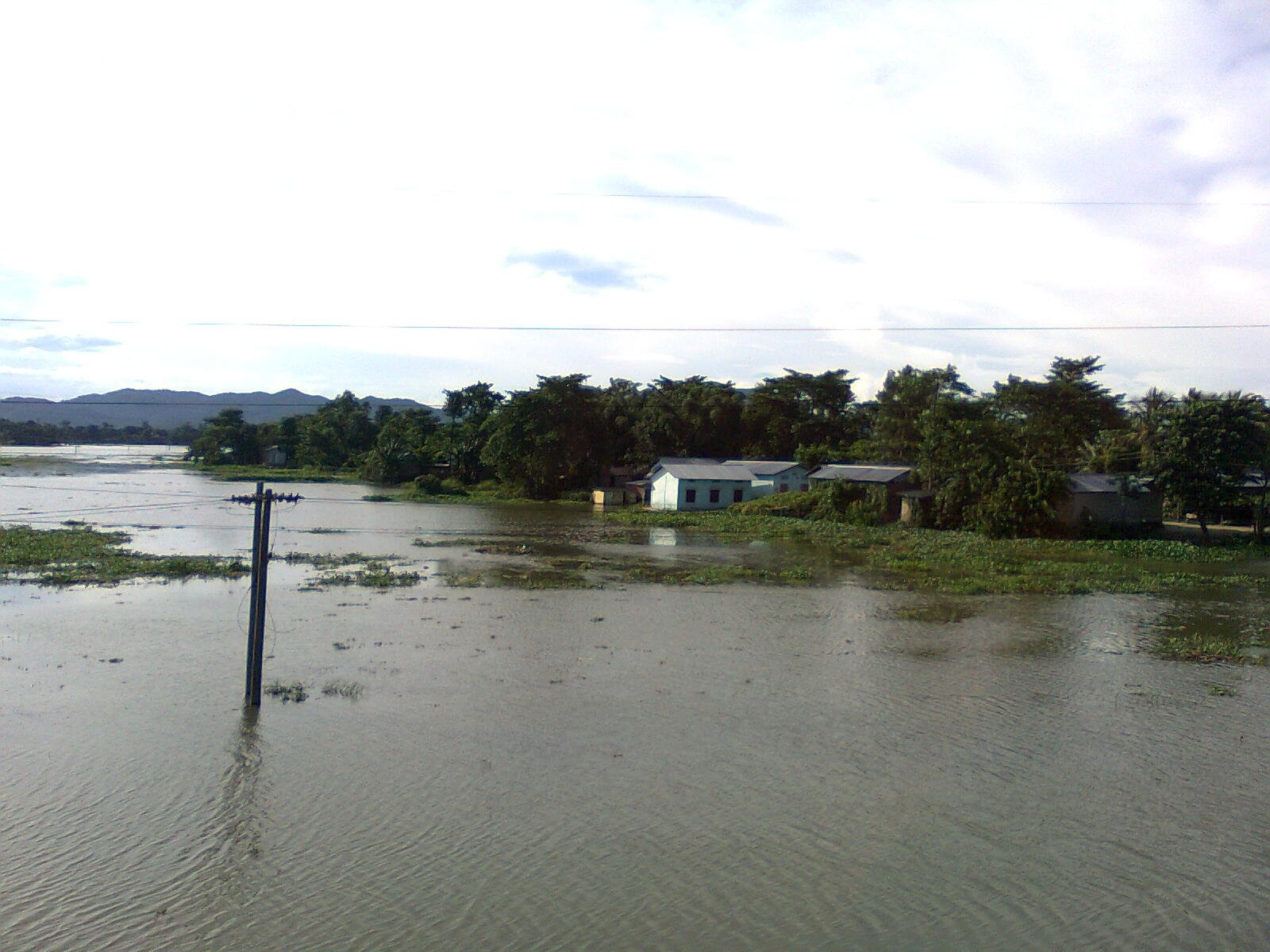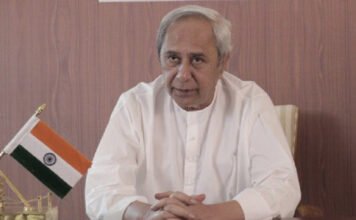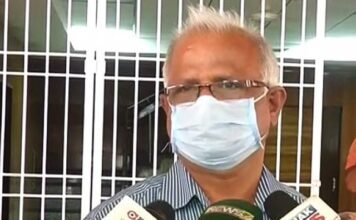Guwahati, April 10: Forty-year-old Aamir Ali is busy gathering his belongings from a bamboo hut that is falling apart. His house is on a river island, Kathalguri Char, in Kamrup (rural) district and is accessible only by boat. “My house was right there. The river took it away around two months ago,” Aamir says, pointing to the land on the river’s edge, slowly being eroded by the Brahmaputra. Chunks of soil fall are swallowed by the river while Ali shares ordeal — a life of frequent displacement. Thousands in Assam, like Aamir, have either lost their land to the river or watching it disappear before their eyes.
From Tinsukia, Assam’s uppermost district on the banks of the Brahmaputra, to Dhubri, over 700km downstream, the river banks and islands are dotted with stories of loss and displacement. It is estimated that over 150,000 families have lost their land to river erosion since the 1950s. Assam has over 2,200 riverbank villages and islands, called ‘char’, distributed along the Brahmaputra’s course. An estimated 25 lakh people reside in these villages. “We have shifted our house five times in the past six years,” says Shukur Ali, Aamir’s nephew, as he harvests his crop of wheat. “By the time we harvest crop, the river will take away this part too. If the floods this year take our char away, we’ll move somewhere else. This is the life of a char dweller.” In a state where the Bharatiya Janata Party has successfully turned the issue of Bangladeshi immigration into an election theme, with slogans to reclaim ‘jati, mati aaru bheti’ [identity, land and home], thousands in Assam lose their identity, land and home every year to the river.In 2010, Revenue Minister Bhumidhar Barman admitted in the state assembly that erosion had become more dangerous than floods. Five years later, in the assembly, he said that 36,981 houses were eroded in the past five years. In the 15 districts that he mentioned, 880 villages were eroded completely while 67 were eroded partially. The districts of Dhubri, Jorhat and Barpeta districts, according to him, were the worst affected. Most char villages are located in these districts as well.
A little too late in its tenure, the state government took a positive step to address the issue of displacement due to erosion. In March 2015, a notification by the Revenue and Disaster Management Department announced a scheme – Chief Minister’s Special Scheme for Rehabilitation of Erosion Affected Families in Assam – that will provide land or monetary help to the victims of soil erosion.In his Independence Day speech, Chief Minister Tarun Gogoi acknowledged the devastation and said the special package will benefit thousands of victims.The step was seen as a landmark step, especially in a country where erosion isn’t defined as a natural disaster. But a year after the scheme was launched, no progress in relief reaching the landless is visible.
Assam State Disaster Management Authority had received over 30,500 applications claiming the relief (news reports put the figure at 39,450 from 16 districts). “The proposals were sent back as the total estimate of implementing the scheme went well over Rs. 500 crore,” said the official. “There was no fund to look into these proposals. It was found in the review that because it was left loose ended, anybody could have applied. The guidelines had to be more implementable.” The allotted fund for rehabilitation in 2014-15 was just Rs 5 crore. In a response to an RTI query filed earlier this year by the Jhai Foundation, which works in char areas, the same authority said no applications were received by them.
A few days later, in March 2016, the guidelines were updated to provide relief to only those possessing land patta (registration) and would be applicable from 2014-15 onwards. With one circular, the government decided to make thousands of displaced ineligible for rehabilitation. The BJP’s chief ministerial candidate, Sarbananda Sonowal, promised to save Majuli from erosion. While the political discourse revolves only around one river island, the dwellers of the remaining 2,200 islands seems to have become invisible people of Assam. “Everyone talks about saving Majuli, which also comes under char areas, but no one talks about the condition in other chars. The literacy rate, as per the last socio-economic survey, was 19%. But when Majuli is removed from that, it falls further down to around 14%,” says Jhai Foundation’s Abdul Kalam Azad.
In the 1992-93 and 2002-03 socio-economic survey reports, the population residing below poverty line grew substantially from 48.89 to 67.89%, which declined for the state to 36.09%. “One of the most backward areas in Assam lies in one of these chars. Uttar Godhani in Barpeta is a char village where literacy rate is just 7%,” says Azad. “There has been no survey in the past 15 years. What is it the government fears?”

























